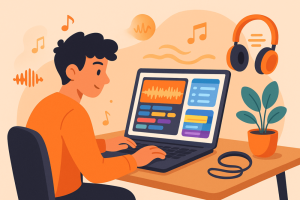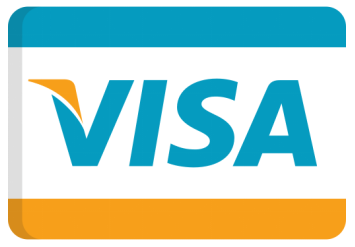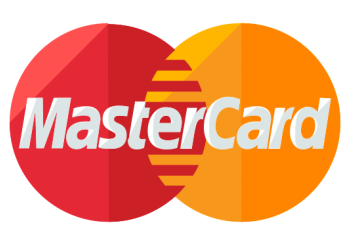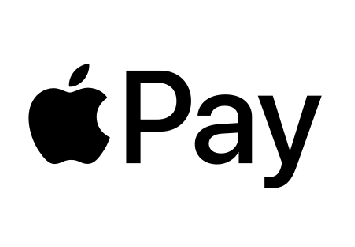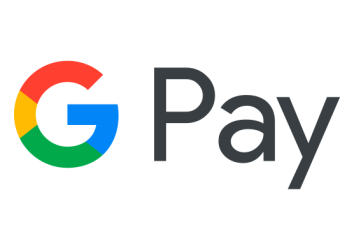Average Spotify Pay Per Stream
When people ask how much does Spotify pay per stream, they often expect a single number. In reality, there isn’t one fixed rate.
Most artists earn between $0.003 and $0.005 per stream, which adds up to about $3 to $5 for every 1,000 streams.
🎵 Quick Breakdown of Spotify Earnings
- 1,000 streams → around $3–$5
- 100,000 streams → roughly $300–$500
- 1,000,000 streams → about $3,000–$5,000
These figures are averages, not guarantees. The Spotify pay rate per stream changes based on several details:
- The listener’s country
- Whether they use a free or premium account
- The number of total plays across Spotify that month
- Your label or distribution deal
Other music streaming services pay differently. Apple Music and Tidal usually offer higher payouts, while YouTube Music tends to pay less.
Even if Spotify isn’t the top-paying platform, its massive user base and personalized playlists give artists more chances to build loyal fans over time.
Understanding the average payout is only part of the story. To see why the numbers vary so much, it helps to look at how Spotify payments work in the first place.
How Spotify Payments Work
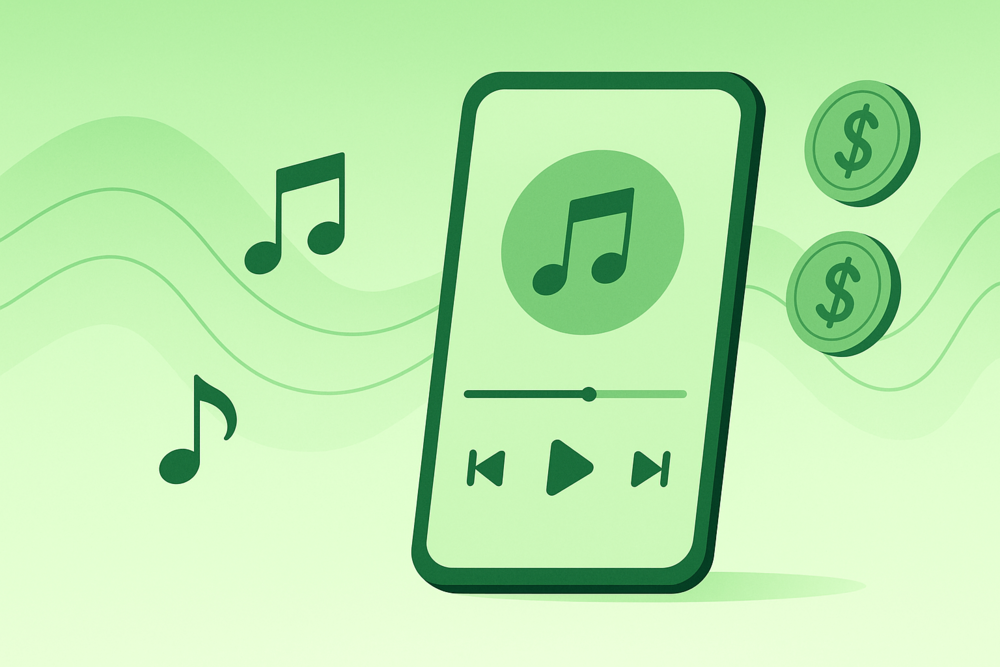
Spotify doesn’t pay artists a fixed amount per play. Instead, it uses what’s called a stream-share model.
Each month, the money from ads and subscriptions goes into one large pool. That total is then divided among all songs played on the platform.
Your income depends on how often your tracks are streamed compared to others.
💡 Example
If your songs make up 1% of all Spotify plays in a month, you receive 1% of the total royalty pool. From there, your distributor or label takes their share before the rest reaches you..
Earnings shift from month to month as Spotify’s revenue and total streams change. When ad income or subscriptions grow, the value per stream usually rises. If overall plays increase faster than revenue, payouts per stream drop slightly.
A recent BBC report on streaming economics notes that Spotify now plays a key role in shaping how artists earn. Its model rewards steady engagement and a loyal listener base more than a single viral moment.
That balance explains why two artists with similar play counts can end up earning very different amounts. To see what influences those differences, it helps to explore what affects Spotify royalties.
What Affects Spotify Royalties
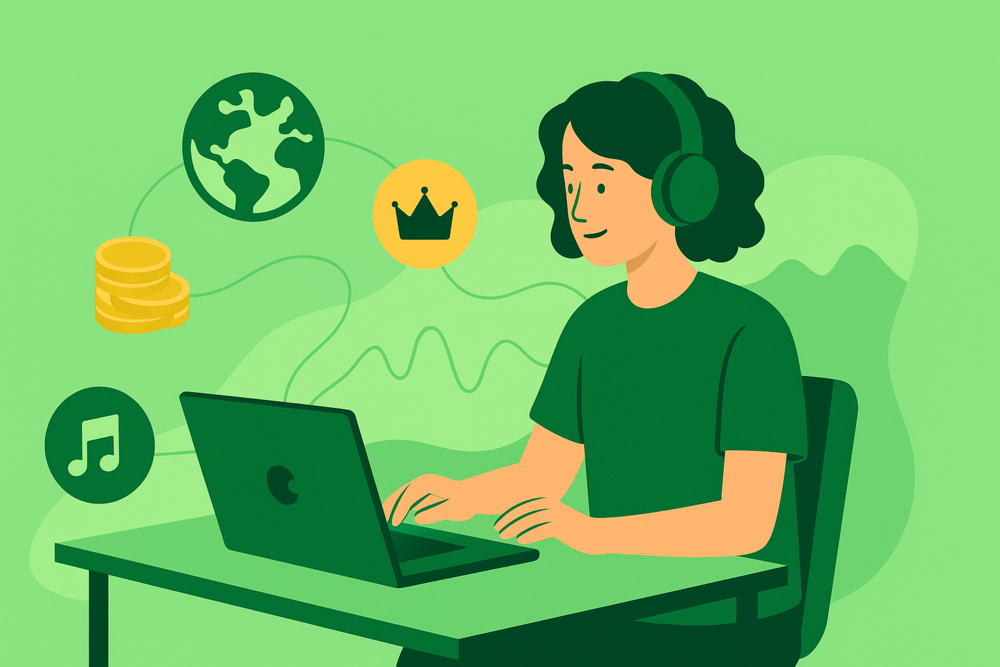
Once you understand how Spotify’s payment system works, it becomes clear why artists earn different amounts for a similar number of plays.
Several factors influence how much you actually make from streaming.
🎧 The Listener’s Country
Spotify earns different amounts from ads and subscriptions in each region.
Streams from countries with higher subscription fees, such as the United States or the United Kingdom, usually bring in more revenue than plays from regions where plans cost less.
💰 Free vs Premium Accounts
Listeners with Premium subscriptions generate more income for Spotify than those using free accounts supported by ads.
Because of that, streams from paying users tend to pay slightly better.
🎵 Label or Distribution Deal
Artists signed to a label share a portion of their royalties with the company.
Independent musicians who self-release through distributors keep a larger percentage but also manage their own promotion and costs.
📈 Overall Platform Activity
Your payout also depends on the total number of streams across Spotify each month.
If global listening increases faster than Spotify’s revenue, the value of each play may decrease slightly.
Promotion also matters. Musicians who use social media effectively tend to reach larger audiences. Learning how to use AI tools on Instagram can help you target the right listeners and attract more engagement.
Knowing these factors helps explain why your Spotify income might rise or fall from month to month.
It also sets the stage for the next question many artists ask: how many streams do you need to earn a living?
How Many Streams You Need to Earn a Living

After understanding how Spotify royalties are calculated, the next question is usually how many plays it takes to make real money.
The answer depends on your goals, but knowing the math helps set realistic expectations.
On average, the Spotify pay rate per stream sits between $0.003 and $0.005. That means:
- $1 comes from around 250 to 350 streams
- $100 comes from about 25,000 to 35,000 streams
- $1,000 comes from roughly 250,000 to 350,000 streams
- $10,000 comes from about 2.5 to 3.5 million streams
These numbers can shift depending on your audience location, how your music is distributed, and how much of the payout you keep after fees.
Independent artists who release music directly often earn slightly more per play, while those signed to labels may take home less due to shared splits.
For most musicians, streaming alone isn’t enough to live on at first. Successful artists usually combine several income sources, such as merchandise, live shows, brand partnerships, and sync licensing.
The good news is that Spotify can be a strong foundation. Consistent plays add up, and every new listener contributes to future growth.
To see how Spotify’s payout compares to other music platforms, it helps to look at YouTube Music vs Spotify.
How Spotify Compares to Other Platforms
Understanding Spotify payouts becomes easier when you compare them with other popular streaming services.
Each platform has its own pay rate, audience size, and growth potential.
| Platform | Average Pay Per Stream & Notes |
| Spotify | Around $0.003–$0.005 per stream. Huge global audience and strong playlist system, though per-stream rate is lower than some rivals. |
| Apple Music | Pays about $0.007–$0.01 per stream. Higher payout but smaller listener base. Great for loyal, paying audiences. |
| Tidal | Offers one of the best rates at ~$0.012 per stream. Focuses on artist-friendly models but has fewer users overall. |
| YouTube Music | Around $0.001–$0.002 per stream. Lower pay but strong discovery potential and visual exposure. |
| Amazon Music | Typically $0.004–$0.006 per stream. Growing steadily thanks to integration with Amazon’s ecosystem. |
It’s helpful to know how many streams are needed to reach certain payout levels. A Statista chart shows the average plays required to earn $1 across major platforms, giving a clearer view of how streaming numbers turn into real income.
Even though Apple Music and Tidal pay more per play, Spotify stands out for its global reach, playlists, and steady exposure. These advantages make it the top choice for artists focused on long-term growth rather than short bursts of income.
Once you understand where Spotify fits among its competitors, the next step is learning how to increase your reach and build a loyal listener base.
Tips to Increase Spotify Streams
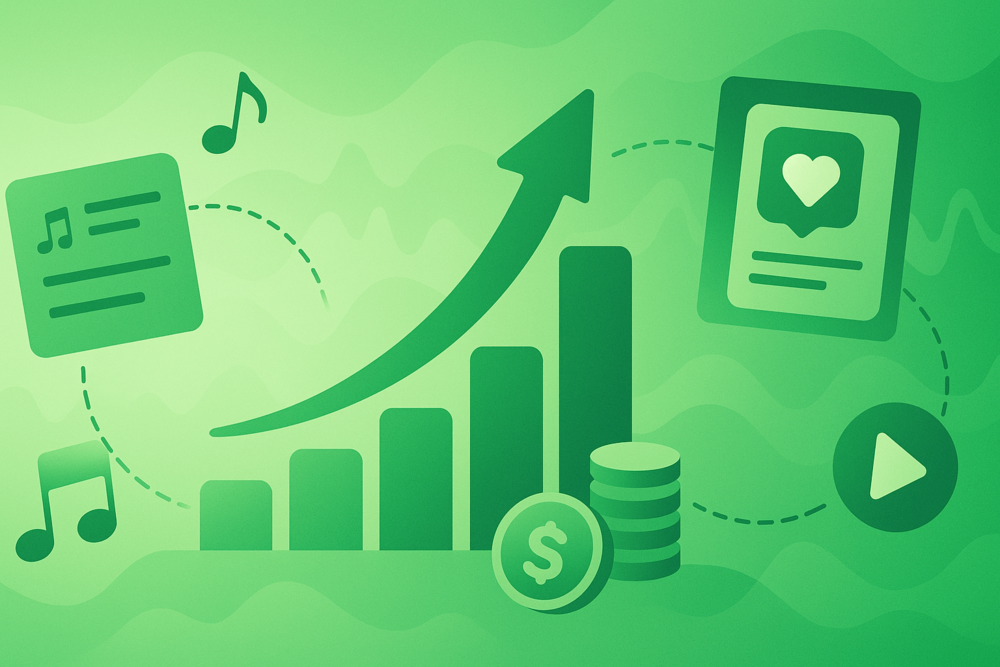
Earning more on Spotify starts with getting your music heard. Every new listener adds to your total plays and helps the algorithm notice your songs.
Here are some practical ways to increase your streams and grow your audience over time.
🎧 Share Music Regularly: Frequent releases help Spotify notice you. Staying active keeps your songs appearing on follower feeds and playlists.
🎵 Use Playlists Wisely: Create playlists that mix your songs with others in your genre. Reach out to smaller curators who highlight independent artists.
💬 Promote on Social Media: Post short clips, teasers, or behind-the-scenes moments on Instagram and TikTok. These help turn casual viewers into steady Spotify listeners.
📊 Check Your Spotify for Artists Data: Look at where your plays come from and what tracks perform best. Use that info to plan better releases and target your strongest regions.
🤝 Collaborate with Other Artists: Working with musicians in similar genres exposes your songs to new listeners and helps both artists grow faster.
If you want an extra boost to get noticed faster, there are safe ways to strengthen your profile before organic momentum takes over. That’s where tools like Bulkoid come in.
Grow Your Spotify Plays with Bulkoid
Building an audience takes time, but early visibility can make a big difference.
Bulkoid helps artists reach more listeners through real, high-retention Spotify plays that improve credibility and boost your chances of getting playlisted.
When your songs gain traction, Spotify’s algorithm starts recommending them to more users. That momentum leads to more genuine engagement and stronger growth over time.
Whether you’re just starting or looking to expand your reach, a small boost can help your music find the audience it deserves.
Conclusion
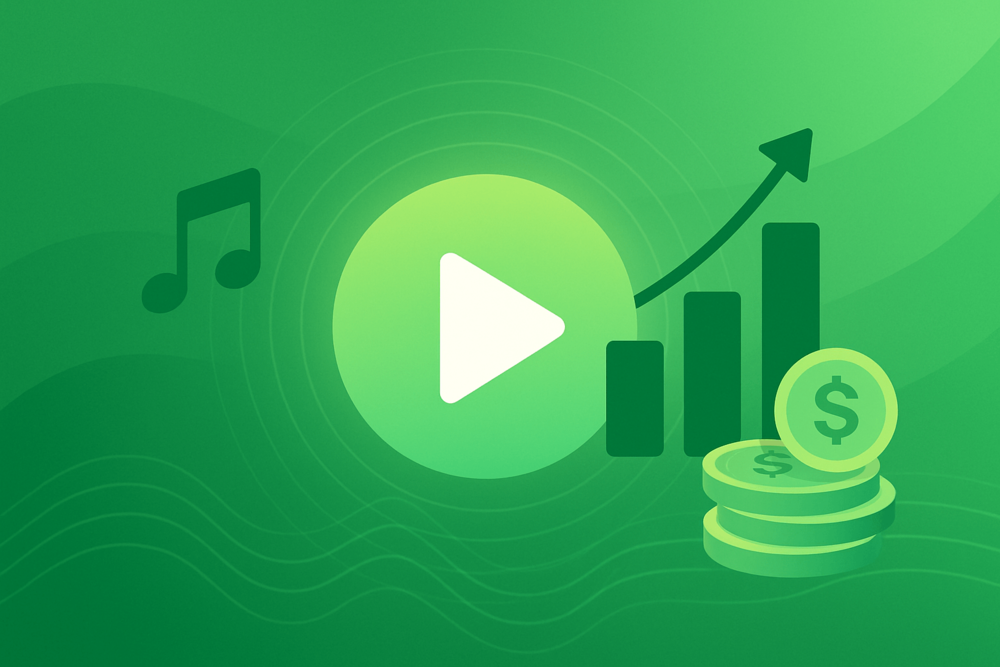
So, how much does Spotify pay per stream?
The average sits between $0.003 and $0.005, which might not sound like much, but those numbers grow quickly with consistency and loyal listeners.
Spotify rewards artists who stay active and connect with their audience. Every release, every playlist, and every share brings your music to more people.
If you’re curious about Spotify’s beginnings, explore what year did Spotify come out.
🎧 Ready to grow faster?
Give your profile a boost with high-retention Spotify plays from Bulkoid.
More plays mean stronger visibility, better playlist chances, and a bigger audience that keeps coming back for more.





